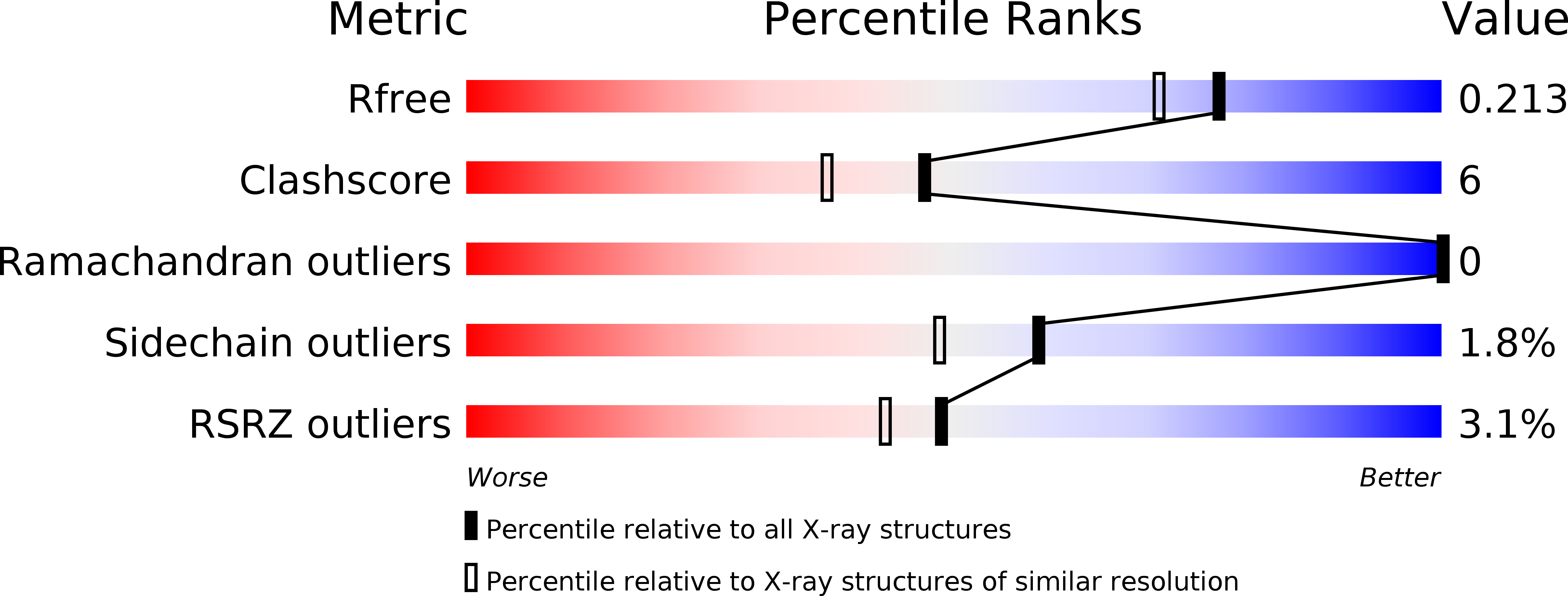
Deposition Date
2006-11-30
Release Date
2007-12-11
Last Version Date
2024-05-08
Entry Detail
PDB ID:
2JAU
Keywords:
Title:
Crystal structure of D41N variant of human mitochondrial 5'(3')- deoxyribonucleotidase (mdN) in complex with 3'-azidothymidine 5'- monophosphate
Biological Source:
Source Organism:
HOMO SAPIENS (Taxon ID: 9606)
Host Organism:
Method Details:
Experimental Method:
Resolution:
1.80 Å
R-Value Free:
0.21
R-Value Work:
0.18
R-Value Observed:
0.18
Space Group:
P 43 21 2


